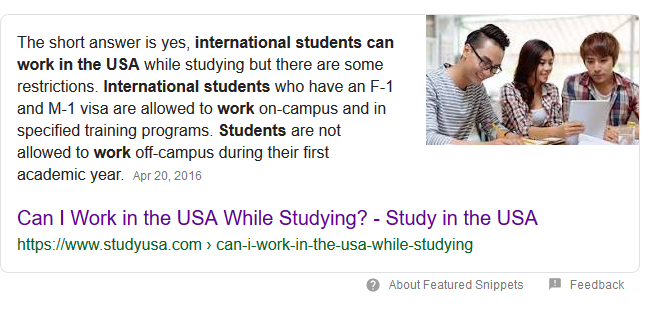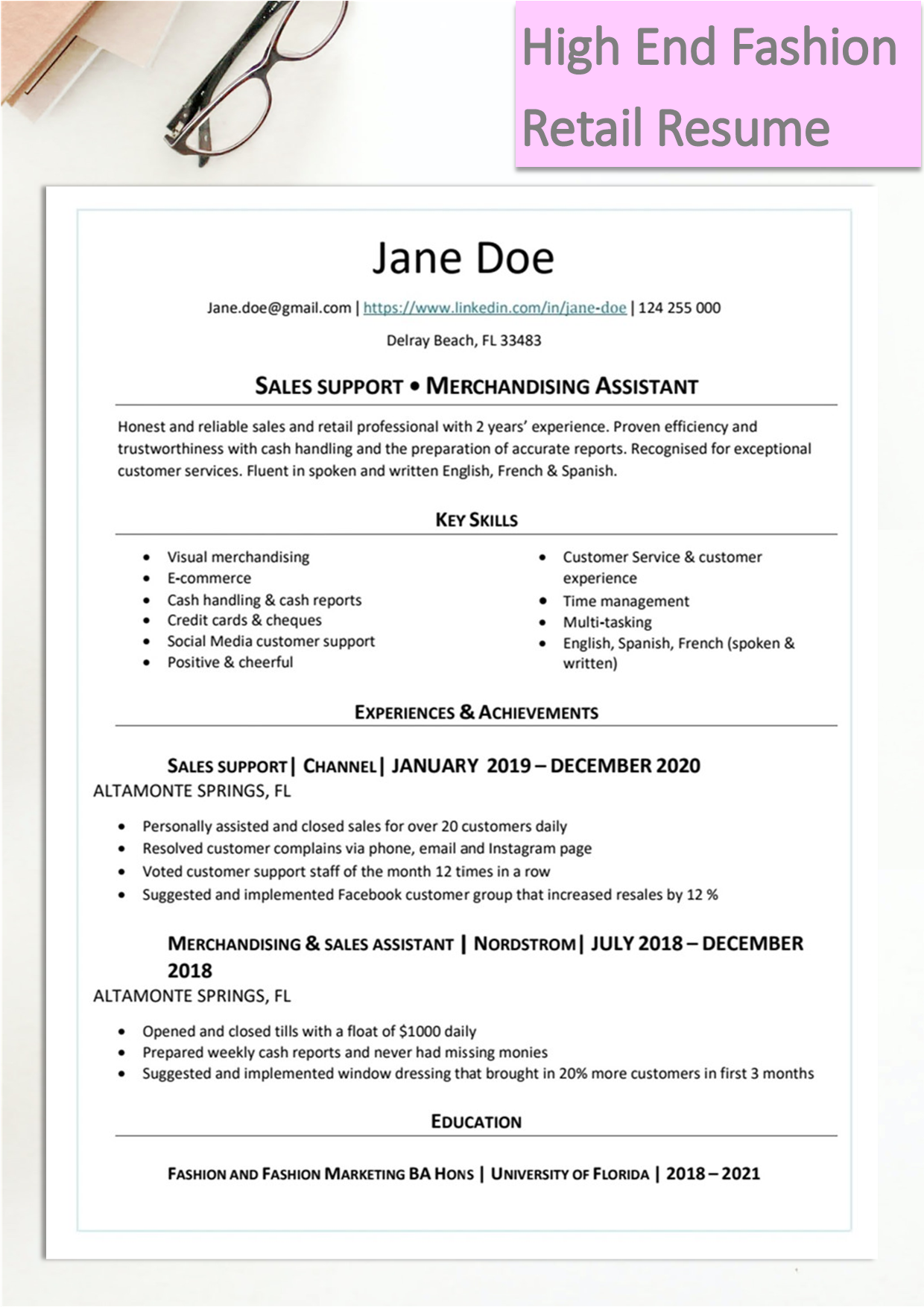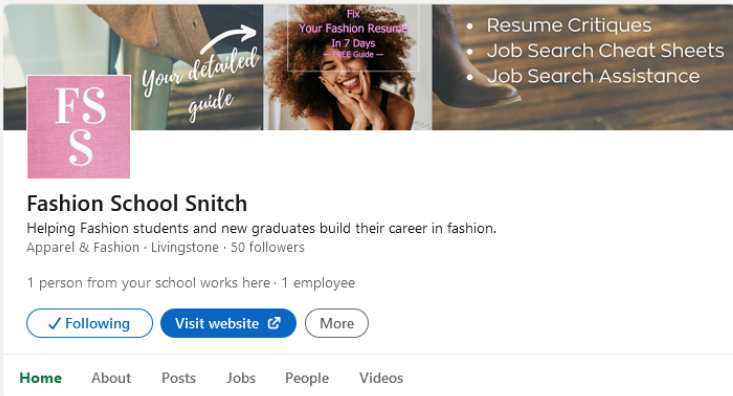- Home
- Schools by Location
- Fashion Schools in the Usa
Fashion
Schools in the USA
What are the best fashion schools in the USA? Which of the 50 states has fashion schools? What do you need to know before you make any decisions? I share the details.
Let's start with a few key facts...
- Tuition and Fees are two separate costs
- Most colleges mandate that their students have some form of medical cover. Which they often conveniently leave off the table of fees…
- For expats: International students can work while they study in the US – but within certain limits. But I have read some school reviews that said that foreign students were still not able to find jobs open to them. More on that later.
- For US citizens: At a public institution, if you study out of state, your tuition can increase up to 3 times.
- There are 2 types of public schools in the USA: 4-year schools where you can complete a 4-year degree aka Bachelor of Art (BA) or Science (BS) and 2-year school aka community colleges where you can get your Associates Degree (AS).
NOTE: One can still get employed on an Associate's Degree or go on to complete the other 2 years of a full 4-year degree. Let’s dig a little deeper into what to look at when considering attending fashion schools in the USA.
Cost of Living at Fashion Schools in the USA
This depends on
1. Which one of the 50 or 52 states – whichever way you choose to count them - you will be living in.
Among the most expensive states are New York, California, Massachusetts & Hawaii.
Among the cheapest? Mississippi, Arkansas, Oklahoma and Missouri.
2. Whether you will be living at home and comutng to school every day or
3. Living on campus most of the time and
Often students can get some form of discounts on selected items. But as a quick overview, these are screenshots of a few key
things like rent, transport, food etc. for the USA in general.
These screenshots below were taken from Numbeo.com. But there are a number of sites that make such comparisons. They are just a Google search away.




Language of Instruction at Fashion Schools in the USA
At fashion schools in the USA, you will be taught in English. Please note that Non-native English speakers are required to submit either
- TOEFL (Test of English as a Foreign Language) or
- IELTS (International English Language Testing System) results.
These check how proficient you are in the English language.
You can
access the official site for TOFEL here
and the official site for IETLS here.
Your next question will be who exactly needs to take these tests or…
Who is a Non-Native English Speaker?
The reverse is easier to answer. This is the list of native English-speaking countries
- USA
- United Kingdom
- Ireland
- Australia
- New Zealand, or
- English medium university in Canada or South Africa
I have never taken them myself, but if you need help preparing for the exams a Udemy course would be my choice.
How Long to Prepare for TOFEL or IETLS?
For TOFEL: 1 month is reasonable and not more than 2 months to prepare.
For IETLS: 3-6 weeks.
Either way, don’t panic. There are samples of the tests available on each official site. So, take a look and then decide how much preparation you feel you would need.
Next question…
How Much Does TOFEL or IETLS Cost?
TOFEL prices do vary in the range of $160 to $250 according to country and testing center.
IETLS costs about $225.
Employment During or After Fashion School in the USA
Two things to be aware of while attending or thinking of attending fashion schools in the USA…
1. While studying in the USA as an international student, can you get a job?
According to studyusa.com one can but within certain limits. Here is a screenshot of the google snippet because they explain it much better than I could…

…and the link to the full article.
2. If you have studied as an international student, would you be able to stay in the country and work after your degree is done? If that is something you wanted at all.
Some courses do come with internship opportunities during the course to give hands on experience. But that isn’t a guarantee of employment after your course is over.
You can take advantage of those, but you need to be proactive about it. Like it says in the article…
It is one page long, and I couldn’t agree more with the advice it gives.
My top tips to get a job after fashion school in the USA:
Plan ahead, at least a year in advance before you finish your degree and know the rules and regulations so you can get yourself a job.
And if you are a local, still, take advantage of the time you have at fashion school, to make contacts that you can later use to get a job or start your own business.
Public vs Private Fashion Schools in the USA
Cost
In public institutions, local resident students can take advantage of paying lower fees, while in private universities everyone pays basically the same. Even so, resident students must produce a Certificate of Residency annually to take advantage or otherwise pay higher fees.
In a public school, tuition can be around $3,500 a semester (for locals ie residents) compared to well over $15,000 tuition per semester in private schools. But defiantly in the tens of thousands of dollars range.
Even at these rates, international students ie non-resident students in a public school, would still pay less than what they pay in a private school. International students usually pay about double what a resident would pay. That comes to around $7,000 tuition per semester still less than the $15,000+ you can expect to pay in a private school.
Having said that it is often note as a way to save money, that a student can start their 4-year degree aka Bachelors Degree - a community college – a smaller 2-year version of public schools- to complete the first 2 years of their degree aka an associates Degree. Then transfer to a bigger school to complete the last 2 years of their degree. It is a common practice.
Housing Costs and Meal Plans
Some schools do insist on students paying for a meal plan. I have read reviews of people complain about how they don’t even like the food or don’t feel catered to in the menu.
When it comes to housing, if you won’t be living at home, you will still need to budget for your expenses, whether those are on campus, off campus accommodations or a place you found for yourself. You can now see how going to school in certain locations that are generally more expensive will add up in terms of how much you pay for food, housing transport etc.
Student Health Insurance
Uncovering these facts gave me the biggest shock.
Health insurance while studying is mandatory. And often the school you attend will automatically enroll you the student in a school health insurance policy plan that you get billed for. The only thing is that school are notorious for neglecting to include this cost on the table of costs along with other items like tuition, housing etc.
While the school providing a policy may not be a bad idea, what is annoying is that
1. School seem to not be more open about this not so little extra expense
2. Even if you have your own cover, if it does not match the standards of that offed by the school, you may find yourself paying for 2 policies and
3. Withdrawing from this policy in favor of your own is a hassle one has to go through every year they are enrolled
I myself, after having spent hours looking at various school websites, have not been able to find info on student health insurance for most of the schools I have looked at, in spite of the fact that it is a majour billing item. So please be aware of this.
What I did find out is that this insurance is typically around $1,500. But please do your own research based on your unique needs and particular school choice.
Student Visa for Fashion Schools in the USA
I used to have shame about the prospect of being an international student. Because I knew deep down, I was really just trying to run away from the constant family problems I had to deal with. So I knew I didn‘t want to travel for the posh experience of it. I was trying to get as far away from my issues as possible.
I don’t know why you may want to travel to study abroad.
If you do want to study abroad, know that studying is only temporary.
If what you really want is a way to relocate permanently, please think that through in terms of what that takes and not just figure it out later.
Having said that, studying abroad is a great way to expand your horizons. I think it’s one of the easiest ways to legitimately live in another country and have that experience. And one that is recommended, even when it comes to getting jobs. Travel just looks good on your resume.
Just plan it out around your honest life goals.
This is a video from international student.com about getting that all-important student visa to the USA.
Culture at Fashion Schools in the USA
The USA is extremely diverse on her own.
That coupled with the fact that many others will have traveled from their countries to study at a fashion school in the USA just like you…
You will probably find more people there that look like you than don’t. Wherever you are from.
Again, each state will have its own subculture. Think living in Los Angeles vs living in New York.
When I look on college review sites, they do have diversity scores. So, if that is something that is super important to you, you can pick a fashion school based off of that.
Like always, do your own research well in advance so that you are well prepared for school applications which should also be done in advance.





